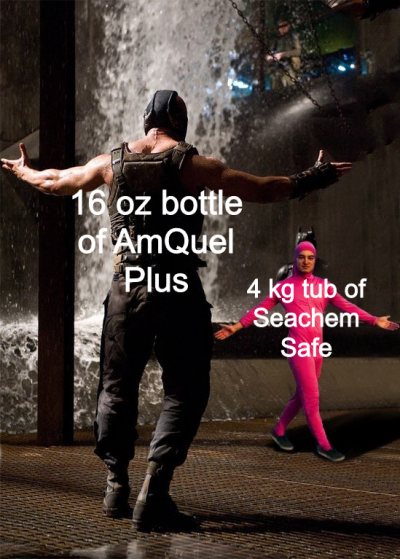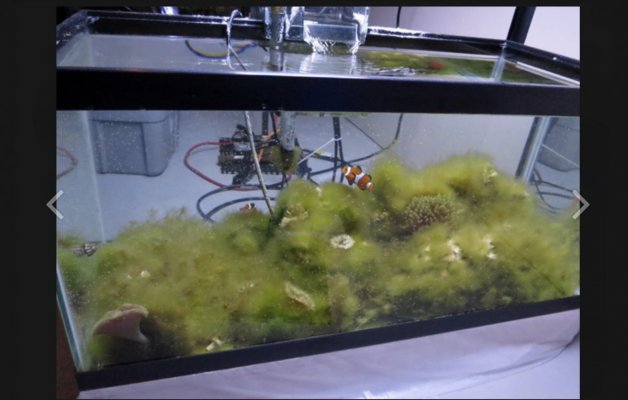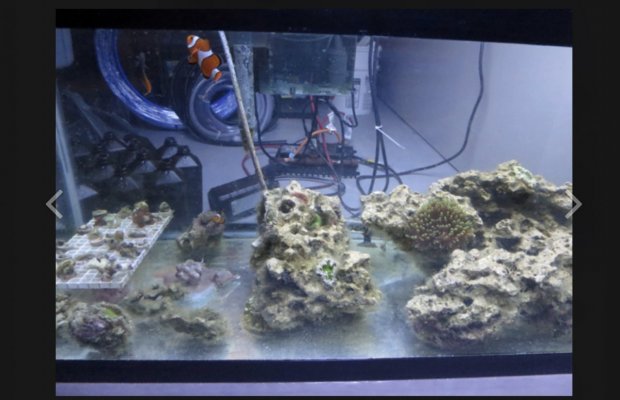- Joined
- Sep 21, 2018
- Messages
- 6,736
- Reaction score
- 7,217
I am still surprised at what I found and how simply the myth busting proceeded.hah.
So the detailed quantification using digital eyeballs nails the amount of NH3 decrease by Prime to be pretty precisely zero.
Not just less than the claimed 1ppm ammonia it can detoxify. Zero.
Last edited:






















